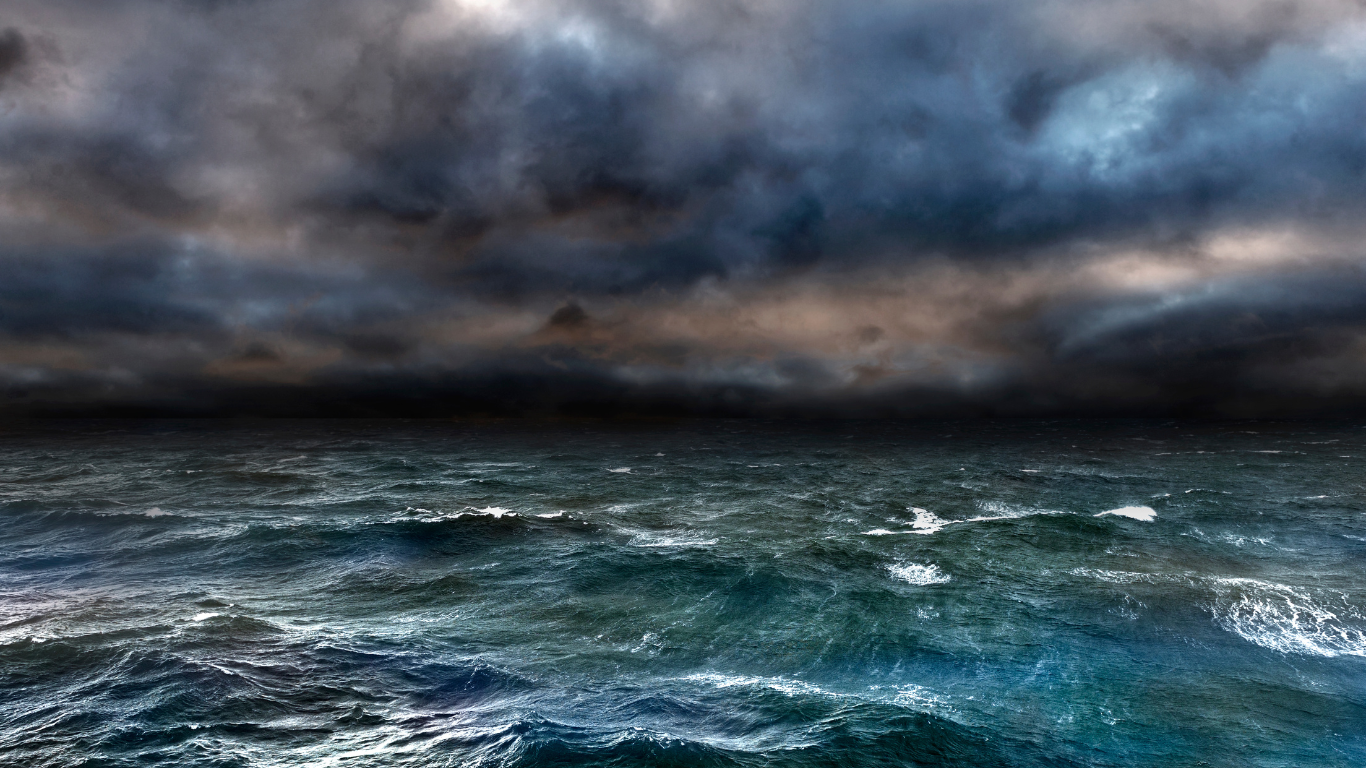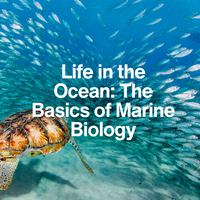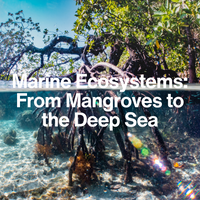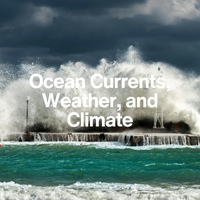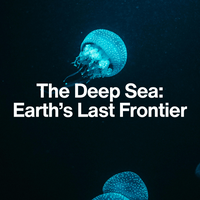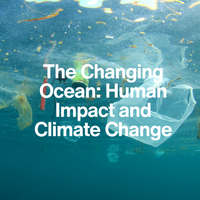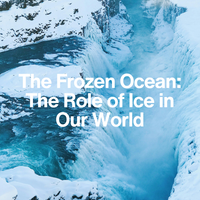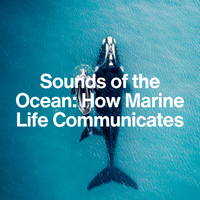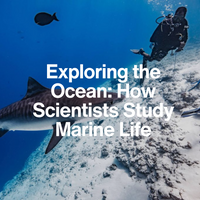LESSON 5
The Role of Seagrasses, Kelp Forests, and Salt Marshes
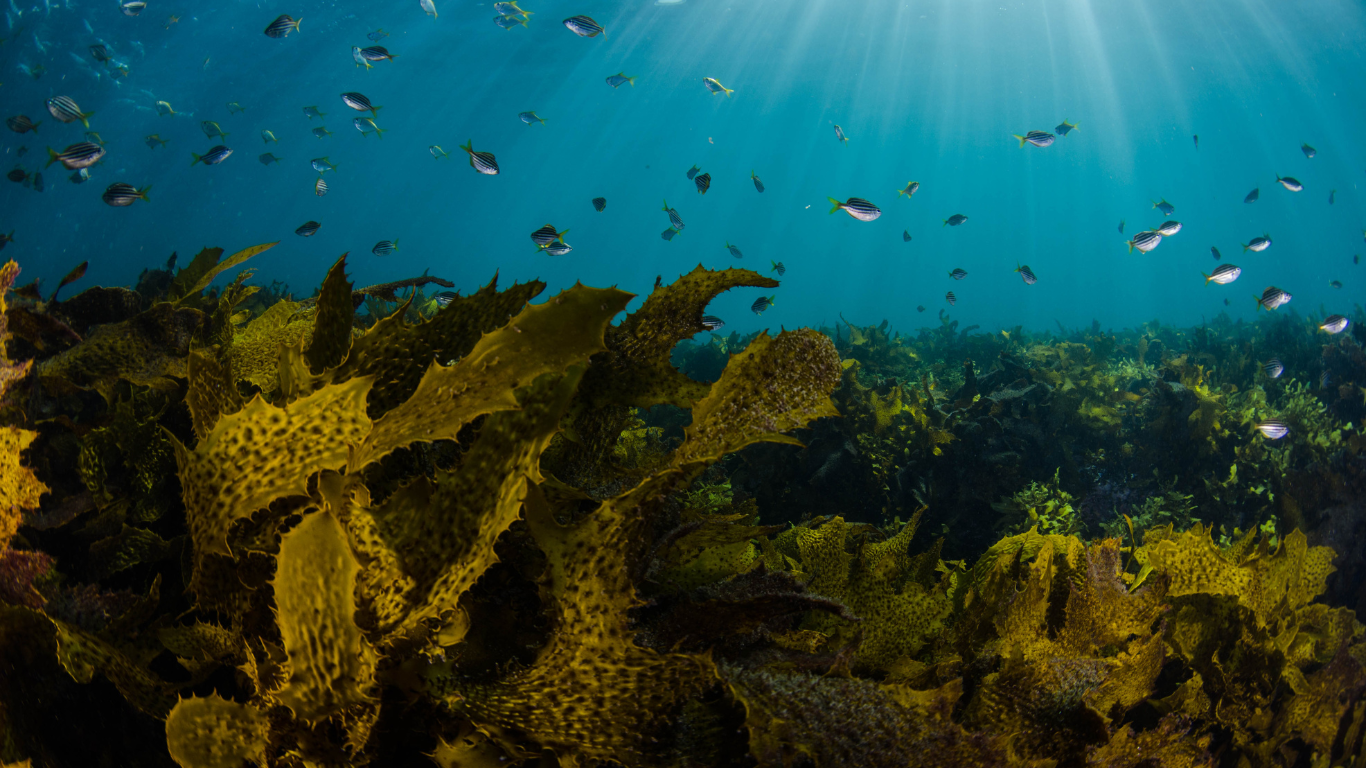
Introduction:
Ocean Gardens That Power the Planet
When we think of important ocean habitats, coral reefs often steal the spotlight. But underwater meadows and coastal wetlands—like seagrass beds, kelp forests, and salt marshes—are just as vital.
These ecosystems are some of the most productive on Earth, quietly working behind the scenes to support marine life, store carbon, and protect coastlines. Without them, ocean health—and even our own—would suffer.
1. Seagrasses: Underwater Meadows of Life
Seagrasses are flowering plants (not seaweeds!) that grow in shallow, salty, and brackish waters all around the world. Their long, blade-like leaves form dense underwater meadows that sway with the tides.
Did You Know?
Seagrasses cover less than 0.2% of the ocean floor but produce 10% of the ocean’s carbon storage!
2. Kelp Forests: Towering Giants of the Sea
Kelp forests are found in colder coastal waters and are made up of giant brown algae. Some kelp species, like giant kelp, can grow up to 60 meters tall, creating underwater "forests" that reach toward the sunlight.
Fun Fact
Kelp forests are so massive they can be seen from space!
3. Salt Marshes: Coastal Guardians
Salt marshes are grassy wetlands that flood and drain with the tides. They thrive in sheltered coastal areas like estuaries and bays.
Did You Know?
Salt marshes can reduce the height of storm waves by more than 50% over just a short distance!
4. Why These Habitats Are Ocean Heroes
Although they might seem less glamorous than coral reefs or the open sea, seagrasses, kelp forests, and salt marshes are true ocean powerhouses.
They:
Protecting them means protecting fisheries, fighting climate change, and safeguarding coastal cities.
Conclusion
Lungs and Shields of the Sea
Seagrass beds, kelp forests, and salt marshes don’t just decorate the ocean—they actively breathe life into it and shield it from harm. By nurturing young marine life, locking away carbon, and guarding coastlines, these ecosystems prove that even the quietest parts of the ocean can have the loudest impact.
Next time you walk by a coastal marsh or dive into a kelp-draped reef, remember: you’re witnessing one of nature’s greatest defenses in action.
Key Takeaways:
Seagrasses are flowering plants that filter water, store carbon, and nurture young marine animals.
Kelp forests are towering seaweed structures that support biodiversity and protect coastlines.
Salt marshes are grassy wetlands that buffer floods, store carbon, and serve as nurseries for marine species.
All three are critical for marine health, climate stability, and coastal protection.
NEXT LESSON
How Does the Ocean Control the Earth’s Weather?
In the next lesson, we’ll explore how the ocean controls the Earth’s weather—from powerful storms to gentle breezes—and why ocean currents are like the planet’s climate engine.
Get ready to discover how the sea connects to the skies!
